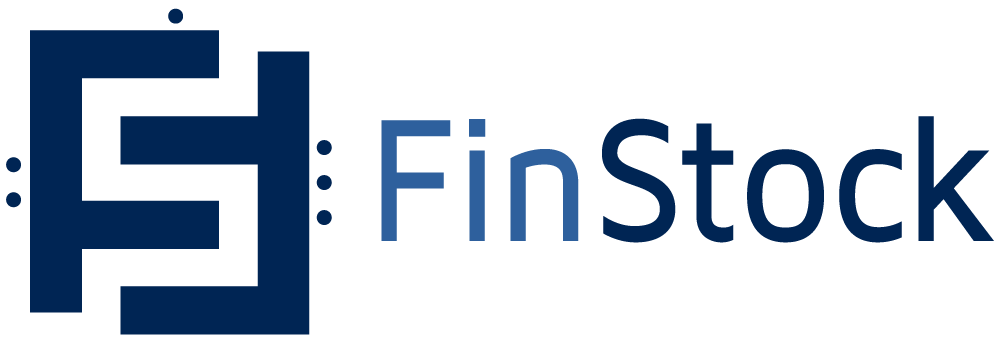
What’s the difference between traditional inventory planning and inventory optimization? Anyone can come up with a plan. The real challenge is making sure it’s a good plan. Optimizing your inventory is a different beast than simply planning your inventory.
If my time in supply chain planning has taught me anything, it is that most companies are carrying far more inventory than they actually need to meet their service level targets. This is because most supply chain planners are battling inventory on one or more fronts:
- They face a plethora of SKUs and optimizing inventory for each SKU is challenging
- They face a complex distribution network and optimizing inventory for each location is challenging
- They face significant demand variability and optimizing inventory for the right time is challenging
Optimizing inventory for each SKU at each location at the right time can seem like an insurmountable task. That is why we have so-called “best practices” to simplify this challenge. If you group your inventory into manageable buckets, you make it easier to plan. Simple segmentation criteria can make managing this mountain of data much easier. The unfortunate side-effect of this simplified planning method is that you end up carrying more costly inventory than you need to maintain your target service levels. Or you sacrifice your service level to reduce your inventory levels. It’s a lose-lose game.
Thankfully, it doesn’t have to be this way. You can actually increase your in-stock rate and decrease inventory at the same time. What magic is this, you ask? You stop simply planning your inventory and start truly optimizing it instead.
Simple right? As with everything, the devil is in the details. Most solutions that claim inventory optimization (IO) fall short of truly delivering.
Where most supply chain management solutions fall short of true inventory optimization
- They provide software and services that have nothing to do with inventory optimization, e.g. ERPs and warehouse management systems (WMS)
- They propose textbook formulas for Safety Stock setting or Economic Order Quantity calculations, with no optimization
- They suggest “best practices” for inventory planning such as simple ABC inventory segmentation
ABC inventory segmentation is far from inventory optimization. No matter what criteria you use to classify your items, if it is only along one or two dimensions (ABC, XYZ), each segment you come up with will end up containing items that are only similar in one or two ways. They may, in fact, have massively different behavior due to many other important parameters that you didn’t consider in your classification.
How to achieve true inventory optimization
Since we know what doesn’t deliver true inventory optimization, what does a good solution look like? For successful supply chain inventory management, Gartner believes it comes down to data granularity:
Having a clear visibility into the value chain is a fundamental requirement for achieving any inventory improvements across a supply network. The visibility requirement applies to current inventory balances, the end customer independent demand and the net dependent requirements through the network.¹”
I’ll break that down to the salient point–the true magic of inventory optimization lies in making finer and finer slices of data when segmenting. Aggregate planning just doesn’t cut it if you want to reduce overall inventory while maintaining service levels. Simplistic models can’t solve complex problems. To do that, you have to be able to plan at the SKU-Location-Service level. This level of granularity allows you to make the right balance of trade-offs between stock and service where it matters most rather than making sweeping aggregate assumptions. Thus getting the right inventory in the right place at the right time is key to meeting your service level targets and business goals. The more complex your business is, the more money you are leaving on the table when you rely on simple ABC inventory analysis. Optimizing inventory at the SKU-Location-Service level is critical for companies with large demand variability, large SKU portfolios or great distribution complexity.
Multi-echelon inventory optimization software allows you to strategically optimize your inventory by leveraging advanced analytics to balance your inventory across different echelons (locations, bill-of-material levels, service level agreements, etc.). The ability to optimize against these fine slices of data is vital in minimizing your costs while maximizing your service levels–ensuring each dollar of inventory is supporting your service level targets in the most optimal way.
Multi-echelon inventory optimization case examples
Delphi Technologies saved millions with MEIO software:
- Customer service levels improved by 6-7 points, from 91-92% up to 98%.
- Inventory was reduced from $47 million to $43 million, a $4 million reduction in the first year
Lennox embraced MEIO software to face company expansion and growing complexity head on:
- Service levels improved by 16%
- Inventory turns increased by 25%
- They saw a significant increase in sales and market share growth
Mitsubishi Electric leveraged MEIO software to get inventory levels back under control, but not at the expense of service levels:
- Spare parts stock reduced by 30%
- Service level increased from 87% to 97%, even during seasonal demand peaks
- Ability to forecast the seasonality of new items improved, including product substitutions
1. The Journey to Successful Supply Chain Inventory Management Requires a Sequenced Plan, 4 November 2014
The source of this article is from ToolsGroup
By Lachelle Buchanan



